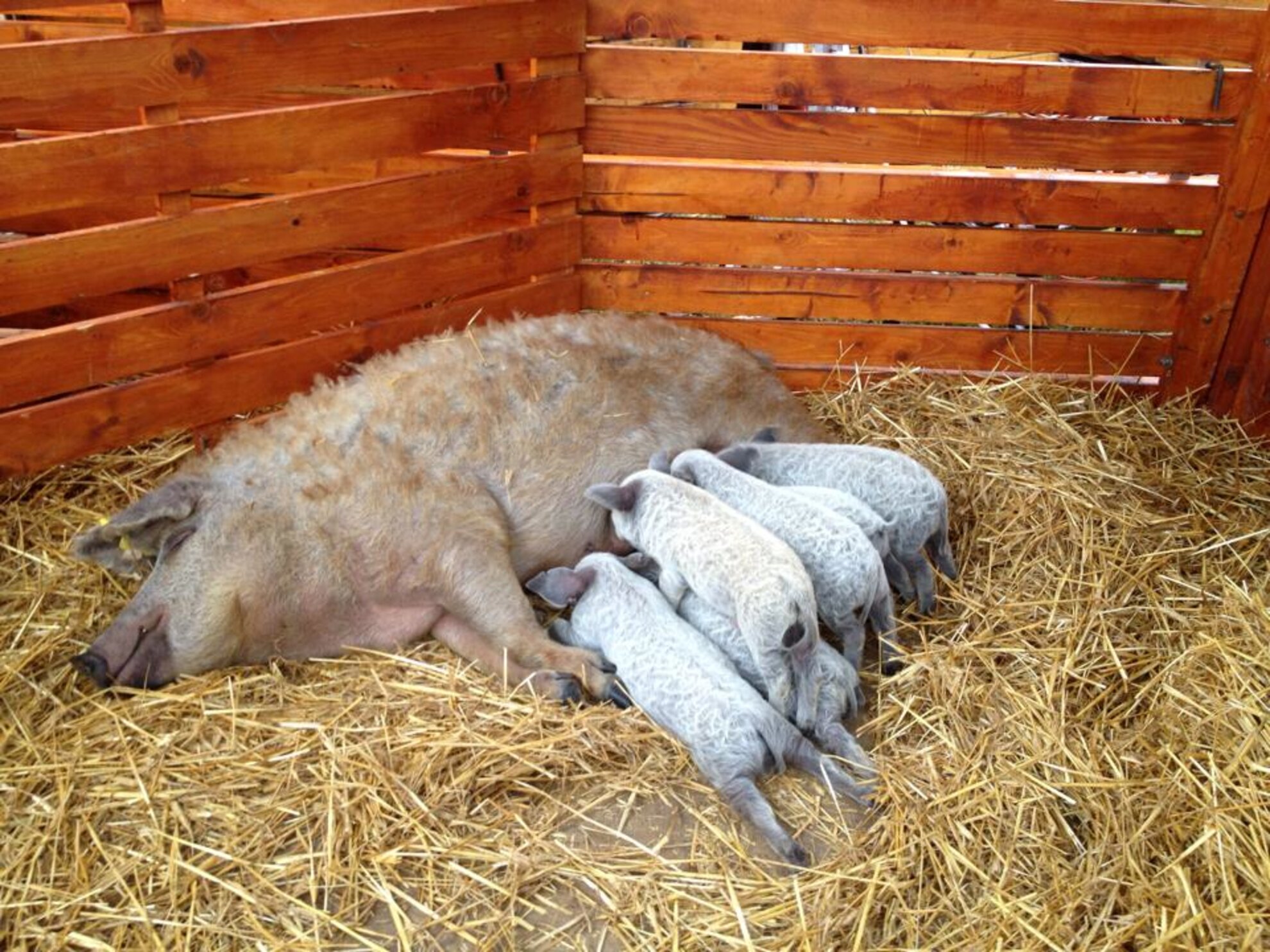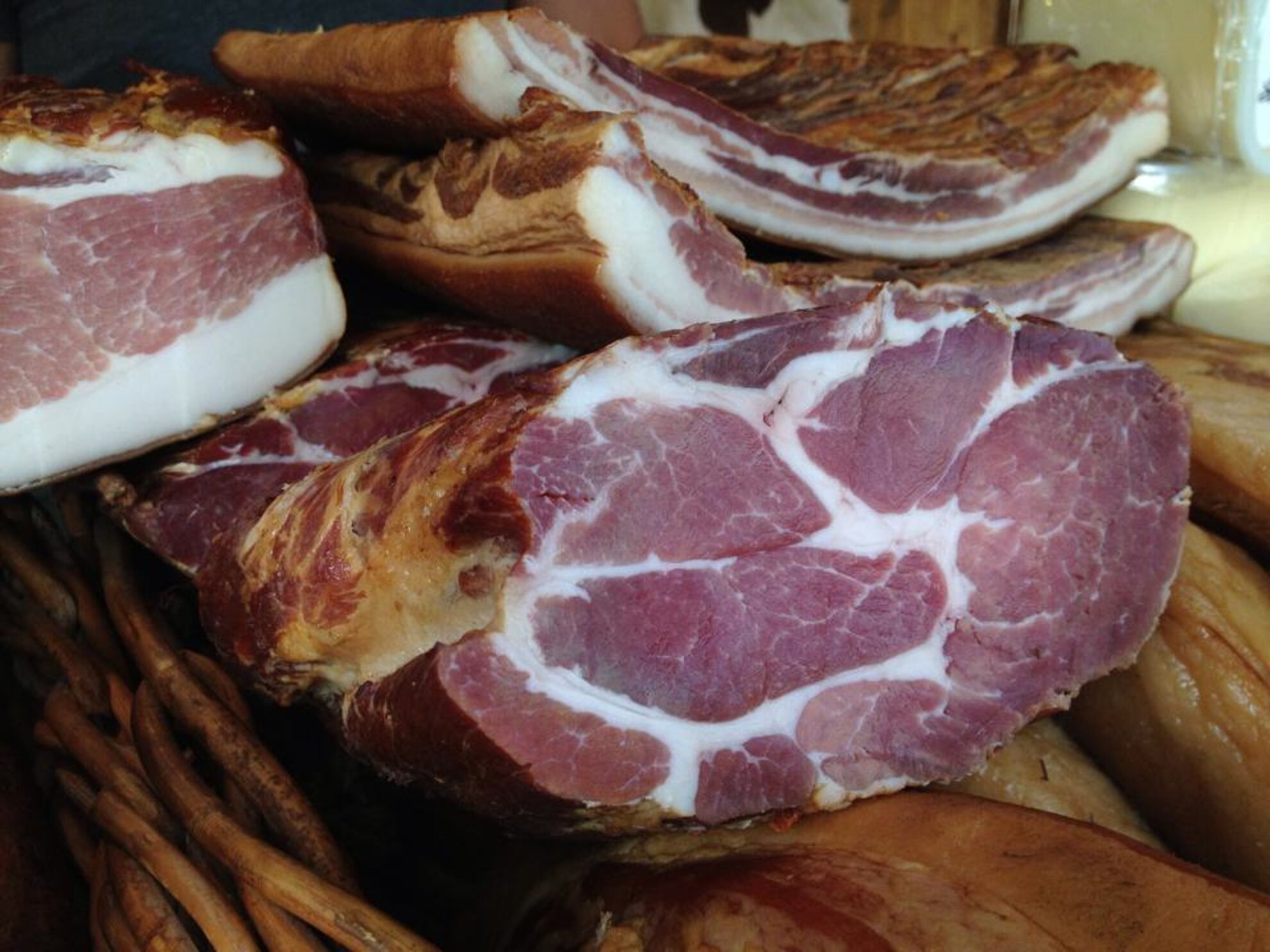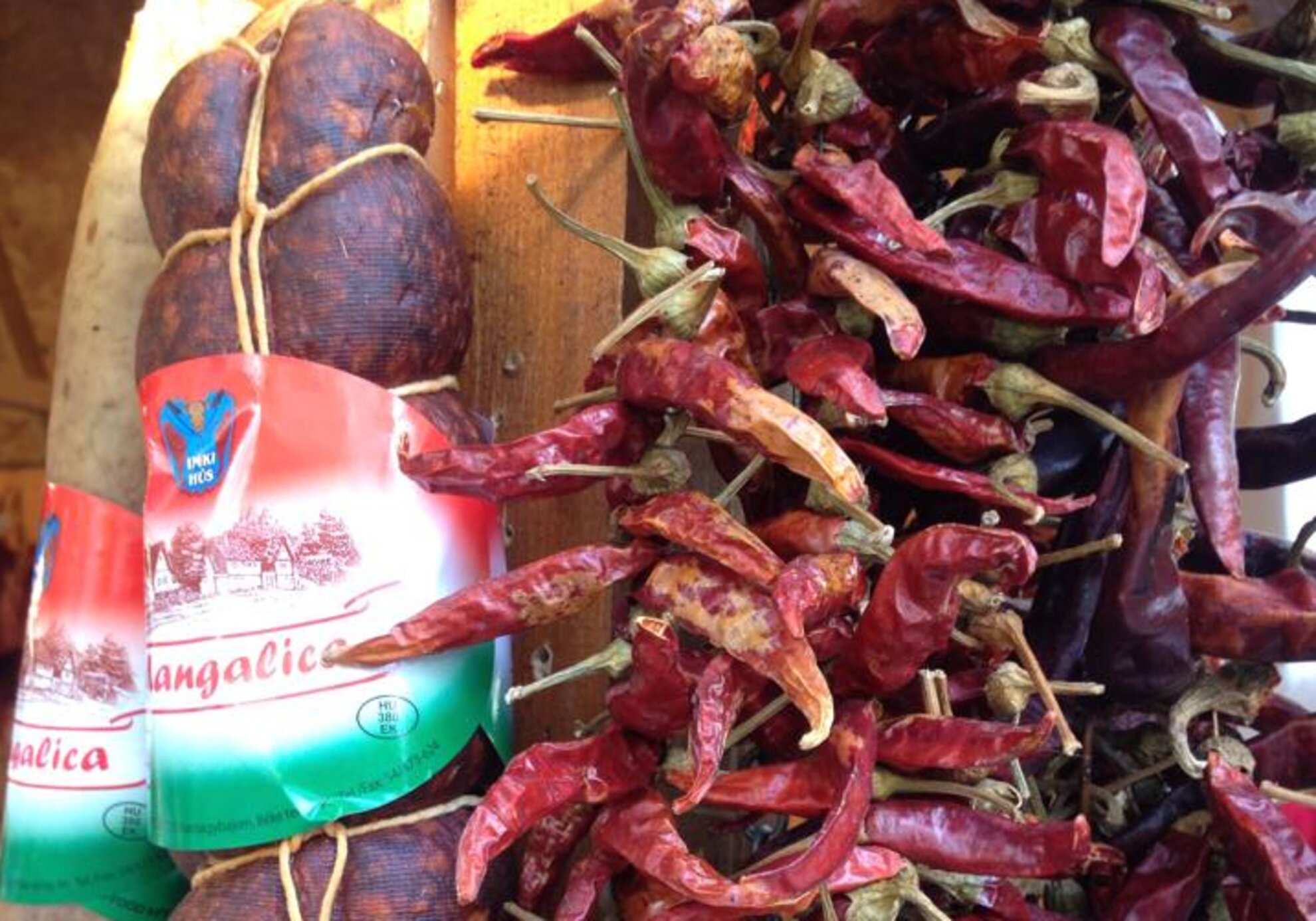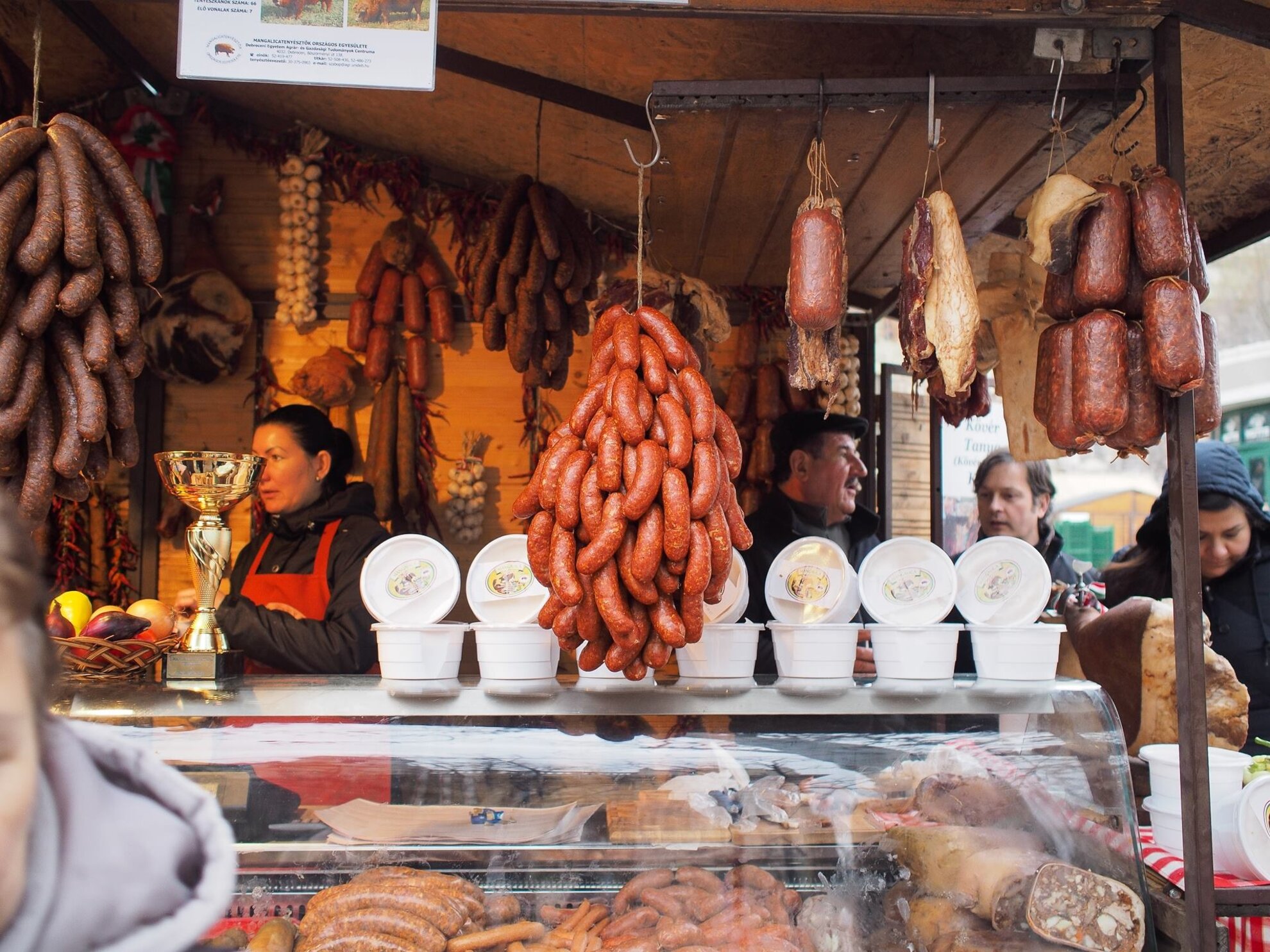Every February, Budapest hosts the annual Mangalica Festival, first organised in 2008, one of five such events across Hungary from Szeged to Szombathely. From this Friday, visitors to Szabadság tér will find fine wines, prime pálinkas and live music, along with assorted artisanal crafts and foodstuffs.

But none of this would be possible without the unwitting assistance of a hairy beast neglected to near extinction only 25 years ago. Today mangalica pork is one of the most sought-after types of meat thanks to its flavoursome fattiness. The Mangalica Festival is not only a culinary celebration but communal acknowledgement of the revival of this particular breed of Hungarian hog, now found on many menus.

From Friday through Sunday, visitors can not only buy products straight from the producer, leaving supermarkets and other big businesses out of the equation, but the meet the breeders and farmers who form part of this remarkable Hungarian success story.
It begins with inventive animal husbandry nearly 200 years ago, then restarts in the early 1990s with a chance meeting between a Spanish entrepreneur and a Hungarian agricultural engineer.

First reared by a Hungarian farmer in 1833 by crossing a wild boar with a Serbian hog, mangalica became popular nationwide for its succulently marbled meat, its speedy growth and the fact that it does not require much care. With its thick coat of curly fur, the mangalica can withstand cold temperatures and will raise its young in outdoor pens year-round.
Three types were bred – blonde, red, and swallow-bellied varieties, all born striped like wild boars – and since these pigs have an extremely high lard-producing capacity, by the 1930s they comprised about 90% of the country’s swine citizenship.

With post-war Communism, farmers were forced to prioritise mass output over high quality. As the mangalica is medium-sized, its populace dwindled in favour of bigger breeds to feed the masses. Consequently, by the early 1990s only about 200 mangalica pigs existed on just a handful of Hungarian farms.
Enter Señor Juan Vicente Olmos Llorente. Hearing of this dying breed, by a series of coincidences, he made contact with Hungarian Péter Tóth, an animal geneticist, today president of the Mangalica Breeders Association.

Through their joint business, Juan Vicente managed to convince his countrymen, themselves no strangers to prime meat in the form of jamón ibérico, that this new Magyar variety was top-quality. It worked. Pretty soon, the last of the breed were being purchased directly from slaughterhouses and orders from Spain had revived an industry 2,500km away.

In two shakes of a pig’s tail, this adorably hairy swine was saved from oblivion. Raised on numerous farms across Hungary, mangalica became popular among pork aficionados everywhere – its sausage can cost three times more than ordinary links, while the cutlets are often called Kobe pork in the United States and Japan, in line with top-calibre Kobe beef. Mangalica is prepared as a prized ingredient at international Michelin-starred restaurants.

Here in Hungary, local chefs take pride in serving this savoury speciality in goulash soup, in stew or as trotters. Its taste is noticeably bolder than most porcine products, while remaining lusciously tender and juicy. Although paprika-flavoured sausage is the most common delicacy, smoked hams and fresh chops are popular for good reason. Most mangalica pigs are raised free-range and fed pasture plants along with potatoes and pumpkins, enhancing the meat’s rich flavour.
For this weekend’s festival on Szabadság tér, product quality is supervised and guaranteed by the Hungarian National Association of Mangalica Breeders. Entry to the festival is free.
Mangalica Festival
District V. Szabadság tér 8-10 February, 9am-7pm
Admission free More details




